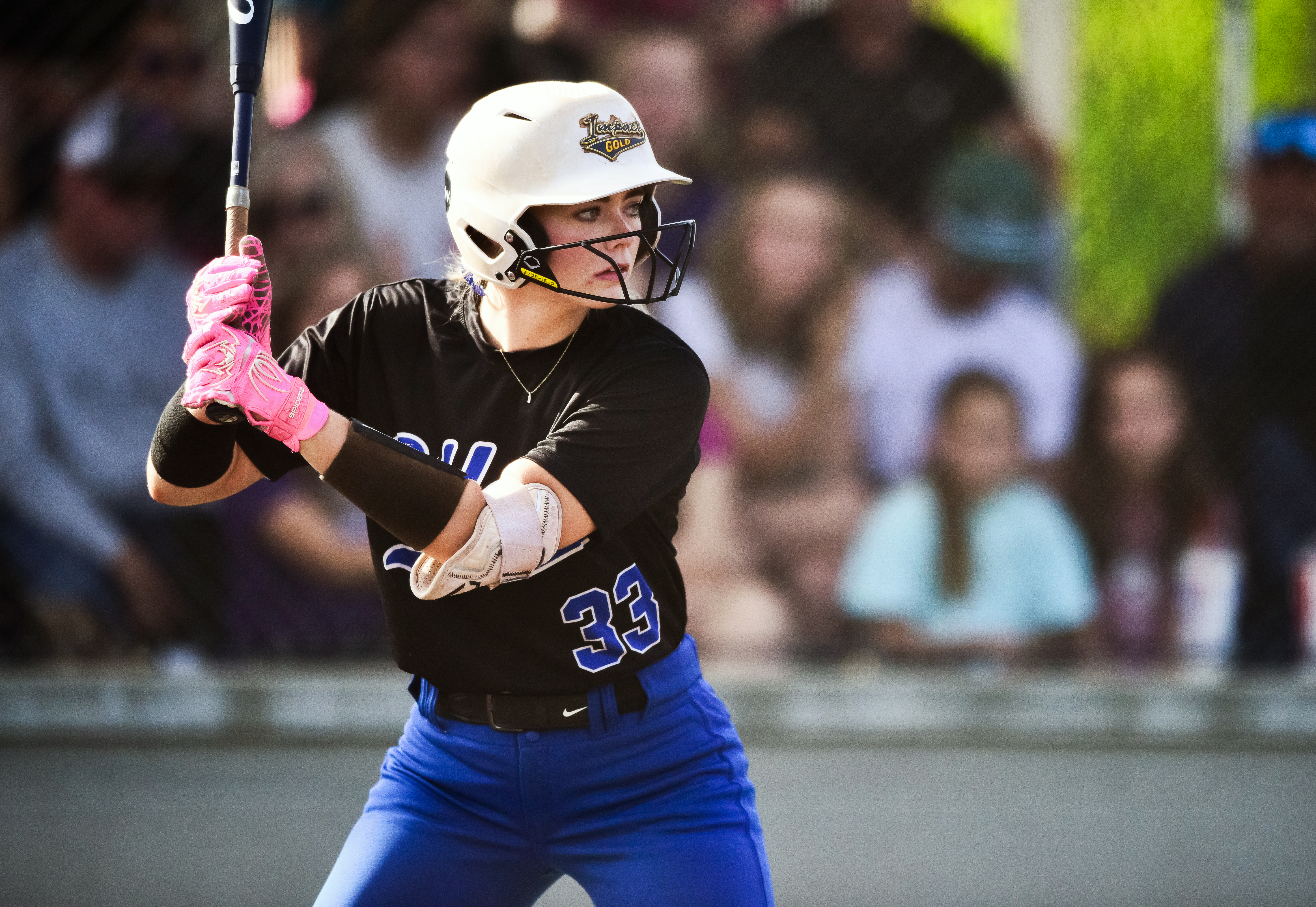Easy to grow, sweet blackberries
Published 10:30 am Saturday, April 16, 2022

- Delicious blackberries on a green branch in the forrest.Delicious blackberries on a green branch in the forrest.Delicious,Blackberries,On,A,Green,Branch,In,The,Forrest.,High
When my youngest was little, a friend suggested that we take our boys to one of those you-pick’em farms. This particular farm had fields of strawberry and blackberry bushes ripe for the picking. I was thinking that if we gathered enough berries, and the boys didn’t devour them on the drive home, I was going to bake a mixed berry pie, or maybe even make a jar or two of preserves.
Out we headed, buckets in hand, to the field. First stop, blackberries! “Ouch! Hey! Mom! There are stickers on these bushes!” Well, actually they are thorns, but 6-year-olds call it as they see it. We collected enough for them to eat on the ride home and moved on to the strawberries.
The official state fruit of Alabama, the blackberry, is available in different varieties, including thorny and thorn-less. They also are available with different growing habits, including erect, semi-erect and trailing. As the names would imply, the erect and semi-erect require no support, whereas the trailing would need a trellis or other support to hold them up off the ground.
Regardless of variety or growing habit, growing brambles — the common name for plants such as blackberries, raspberries and dewberries — that will produce plump fruit year after year starts with proper site selection and planting.
According to horticulturists at Auburn University, “The two most important factors to consider in choosing a planting site for brambles are air drainage and water drainage. Brambles, like most fruit crops, are subject to damage from spring frosts at bloom time. Planting on sloping sites or level elevated areas will allow cold air to drain away from blackberries on frosty nights. Low-lying sites, or areas surrounded by trees that would impede air drainage, should be avoided”.
Blackberries prefer full sun and well-drained soil. Generally speaking, spaces that provide adequate air drainage also provide good water drainage. They tolerate a soil pH from 4.5 to 7.5; however, they will grow best with a pH between 6.0 and 6.5. The soil type can range from sandy to clay loam.
It is not advised to plant blackberries where tomatoes, potatoes, peppers or eggplant crops have recently been grown. This increases the chance of certain diseases, such a verticillium wilt.
Planting
Blackberries can be purchased as either root pieces or as container plants. Container plants will establish faster than root pieces; however, container plants also come with a higher price tag.
Planting can be done in winter or early spring. Till the soil along the row. If using root pieces, place them horizontally in the soil, approximately three inches deep. Container plants should be planted just as deep as the root media, meaning level with the ground. Space plants three to four feet apart within the rows for erect and semi-erect and six to 10 feet apart for trellised plants. The rows should be spaced 10 to 12 feet apart.
Keep rows free of weeds and grasses as they will inhibit establishment and growth. Mulching around each plant will not only help suppress weeds but will aid in retaining soil moisture. Keep plants well-watered.
Pruning
The crown or root system of blackberries are perennial (they will last for years), while the canes are biennial (they will last for two years). The first-year canes are called primocanes. The second-year canes are floricanes.
The first-year primocanes grow but do not produce fruit. After a dormant stage, in the second year, they are considered floricanes and will flower and fruit. In other words, blackberries will produce fruit on “old wood” the second year, much like many hydrangeas.
After harvest, remove the spent floricanes. Primocanes can be cut back when they have reached three to four feet in height, which will help force lateral shoot development. During the dormant season, cut lateral branches of primocanes back to 12 to 14 inches.
Blackberries are self-fertile, so a single variety can be used. The fruit changes color as they mature from green to red, to maroon and finally to black. The shinier berries will be tart, but as they lose their sheen, they start to become sweet.
Whether baked into a pie, made into jam or eaten straight from the vine, blackberries are worth the effort and care. Until next week, happy gardening.





